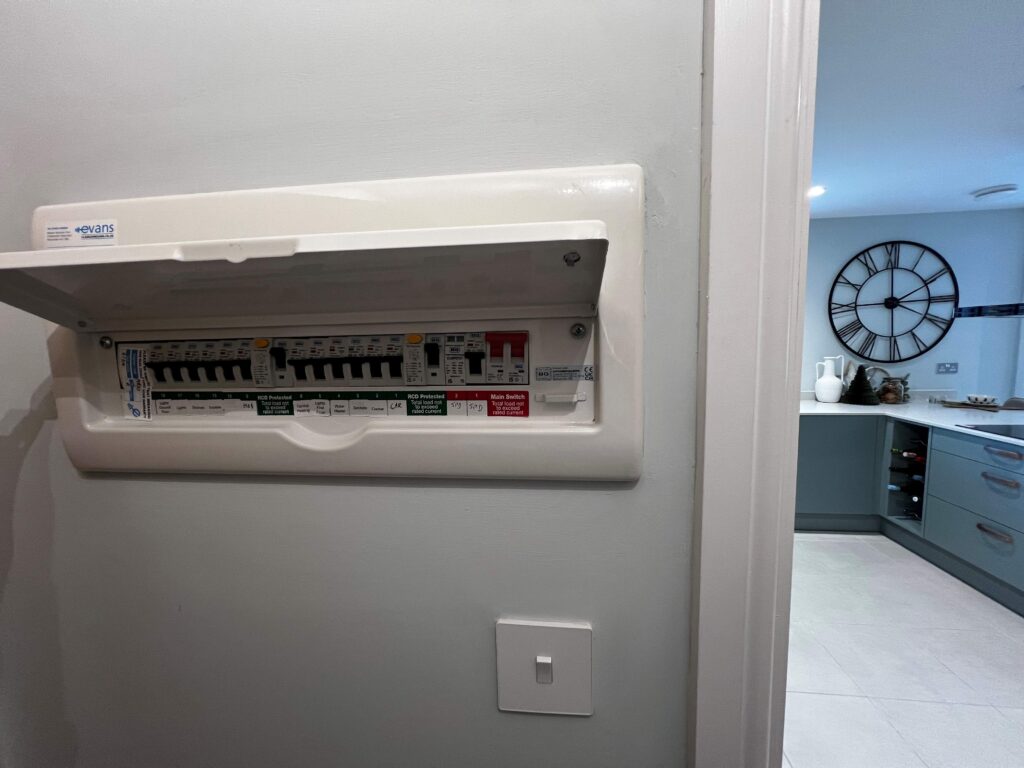Ian Major, Product and Marketing Manager at Havells-Sylvania, speaks to Showhome about current trends and the future of the lighting industry
Tell us a bit about your company, Havells-Sylvania
Formed in April 2007, Havells-Sylvania is owned by Havells India Ltd, a billion-pound company. Havells-Sylvania is a leading, full-spectrum provider of professional and architectural lighting solutions. Built on over a century of expertise in lamps and luminaires, Havells-Sylvania supplies state-of-the art products and systems to the public, commercial and private sectors, worldwide through its brands Concord, Lumiance and Sylvania,
The Sylvania brand is part of the Havells-Sylvania Group and is one of the world’s largest manufacturers of artificial light sources. It has a broad product offering that includes incandescent, halogen, CFL, HID and LED lamps, alongside various special products for the professional specifier. Sylvania lamps are distributed from stock, through national sales operations, as well as via individual countries’ professional distribution channels such as wholesalers, specifiers and installers; as well as to the consumer via the retail channel.
You recently worked with the Jason Bruges Studio. What was the purpose of this?
Jason Bruges Studio was commissioned by Havells-Sylvania to create a kinetic lighting installation to transform the dark recesses of an underused section of London’s Southbank Centre. Conceived and created over the course of several months, the 21st Century Light Space Modulator uses light and movement to transform an otherwise dark and uninspiring area.
Paying homage to László Moholy-Nagy’s 1930’s work, Light Prop for an Electric Stage, the Modulator was conceived as a visual representation of the Havells-Sylvania philosophy: A fusion of invention and innovation, and Eastern and Western influences, which have the power to transform space through the use of light.
What can house builders do to make the lighting in their homes more energy efficient?
The best way for house builders to make lighting more energy efficient is by utilising low energy light sources in their new builds; whether this be compact fluorescent, halogen or LED light sources.
Is there any legislation dictating the lights that can be used in new builds?
Under current Part L regulations at least 30% of light fittings within a new home should be classed as low energy. Lamps under 5W are discounted from any calculations, which potentially could exclude many LED light sources.
In the current economic climate, people want to save as much money as they can. How can choosing the right light help you do that?
There are many lamps available that will help reduce energy costs. All light sources now need to have a minimum “C” class energy rating. Even on a low budget it is possible to save up to 30% on energy simply by switching to halogen replacements from the traditional incandescent lamp. Increased energy savings can be made by using either compact fluorescent or LED light sources but the initial investment increases.
Have you got any tips for people wanting to do something innovative with their lights?
I would suggest speaking to a professional lighting designer as they will be able to help create a lighting scheme which can work on both a functional and stylistic level. Interior design professionals from trade bodies such as the British Institute of Interior Design (BIID) can also give valuable advice about lighting the space effectively and in harmony with the interior schemes.
Does there have to be a trade-off between functionality and style? Can people have the best of both with their lights?
Energy efficiency is the big driver in lighting at the moment but this should not be to the detriment of creating ambience. The end-user is becoming more discerning and the bar of expectation is being set higher all the time. Using modern LED light sources it is possible to design stylish energy efficient lighting systems that enhance the living space. For existing buildings, choices can be constrained as energy efficient lamps need to retrofit into fixtures that are already there.
In situations outside of the home, how can lighting be used to enhance the environment in a positive way?
Lighting can create exiting vibrant spaces that entice people to visit whilst also providing a sense of safety and security. As light sources become smaller then fixtures become less obtrusive and use less material in their construction.
In the smart phone era, how can mobile technology be used to interact with domestic lighting installations?
This technology is in its infancy and is still a niche, however as technology advances then I’m sure it will be possible to program and set your lighting via remote devices.
Where do you see the future of lighting?
The move towards LED light sources will continue, particularly in residential and domestic environments. However, increased usage will be dependent on initial lamp costs reducing to a level where end consumers feel comfortable investing in these lamps.
For more information, visit www.havells-sylvania.com











